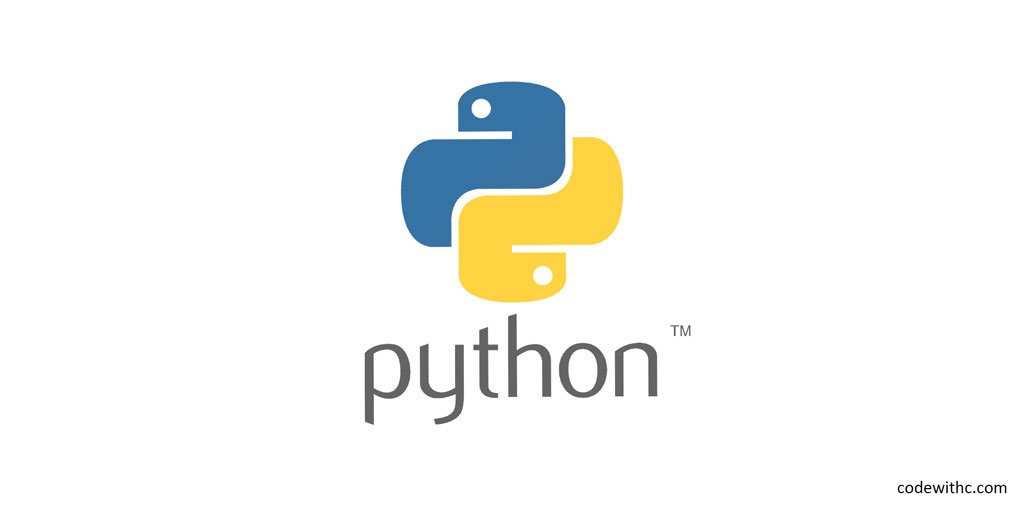Programming isn’t just about calculations and data manipulations; it’s also about making decisions. Control flow, a fundamental concept in coding, dictates how a program progresses based on conditions. Today, we’ll delve into Python’s conditional statements, particularly the ‘if-else’ construct, shedding light on its elegance and power.
In real-world applications, software constantly makes decisions: “If the user is logged in, show the dashboard; otherwise, show the login page,” or “If the temperature is below freezing, activate the heater.” These decision-making processes are crucial for responsive and intelligent applications.
Let’s explore a simple Python example to understand conditional statements better:
Program Code:
temperature = 28 # Celsius
if temperature > 30:
print("It's a hot day!")
elif temperature < 20:
print("It's a chilly day!")
else:
print("The weather is moderate.")
Explanation:
In this illustrative snippet:
- We begin by defining a temperature, in this case, 28 degrees Celsius.
- The
ifstatement checks if the temperature is above 30. If true, it prints “It’s a hot day!” - The
elif(short for “else if”) checks if the temperature is below 20. If true, it indicates a chilly day. - If neither of the above conditions holds, the
elsestatement executes, suggesting moderate weather.
Expected Output:
The weather is moderate.
Wrapping Up:
Python’s conditional statements offer a clean and intuitive way to implement decision-making in code. They form the bedrock of many complex algorithms and processes. As you delve deeper into Python, you’ll find these control flow constructs interwoven in various applications, from simple tasks to advanced software systems.
Embrace the power of decision-making in Python and watch your applications come alive with responsiveness and intelligence.
